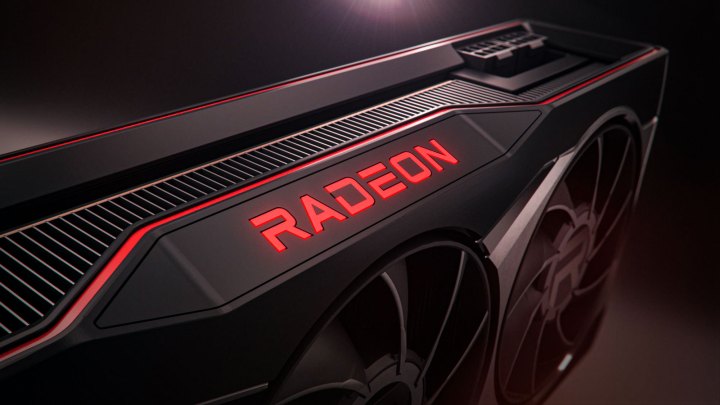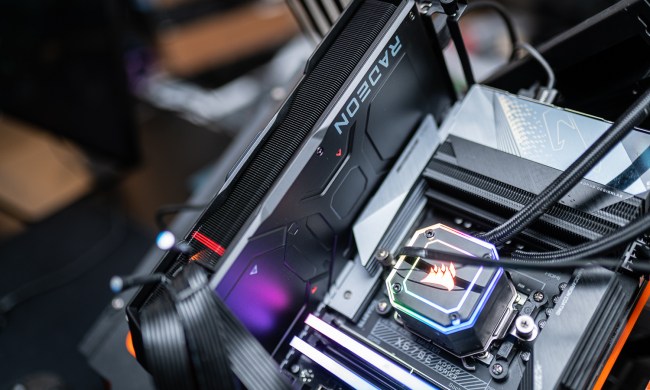Despite the fact that AMD had barely just announced its Radeon RX 6000 series graphics cards at the end of 2020 and the GPUs are still hard to find because of supply issues, innovation isn’t stopping. AMD is already rumored to be working on its next-gen GPU that uses the company’s RDNA 3 microarchitecture, which could give the graphics cards a performance lift of 2.5 times what is currently capable on the company’s high-end Radeon RX 6900 XT today. The Radeon RX 6900 XT uses the same RDNA 2 architecture found on AMD’s chips for the Xbox Series X and PlayStation 5 consoles.
The RDNA 3 microarchitecture is also known by Navi 31. Previously, it’s been speculated that AMD could be adapting its use of chiplets from its Ryzen processors to its Radeon graphics chips to get more performance. This would be the first time that AMD would use chiplets on a graphics card, if these rumors prove accurate. The chiplet design is known as MCM, or multi-chip module.

Twitter user @Kepler_L2 speculated that RDNA 3 could arrive with a total of 160 compute units as a result of that design change. That means that AMD’s use of MCM could result in two chiplets, each containing 80 compute units. And according to Hot Hardware, if the ratio of compute units and stream processors remain the same, the new RDNA 3-powered
The upgraded hardware would result in a performance uplift of 2.5x, according to Twitter user @_rogame. Hopefully, the new architecture will allow the future Radeon RX

In addition to changes to the overall chip design, AMD could squeeze more performance out of its GPUs by using a larger Infinity Cache and higher IPC on RDNA 3. On desktop, the RDNA 3-powered
AMD is believed to once again turn to partner TSMC to fabricate its RDNA 3 graphics silicon, which could be based on a new 5nm design. This would make the chipset competitive with Intel’s next-gen Xe and Nvidia’s unannounced Hopper GPU, both of which are rumored to also be manufactured using TSMC’s 5nm node, according to Tweaktown. AMD’s next-gen Zen 4 processors are also rumored to move from a 7nm node to a smaller 5nm node, a move that will allow AMD to pack in more transistors to get more processing performance.



